Professional iPhone photography tips abound on the internet, not a week goes by that I don’t see an article with “5 ways to improve your iPhone photography” that promise to take your photography from “snapshot to great shot”. The simple fact is, 99.9% of the improve your iPhone photography articles out there are chalk-full of what ought to be common sense. Don’t shake your camera like you’ve had too much coffee when you take your shot, turn on the grid lines so it doesn’t look like your subject is going to roll right out of the frame, don’t use your flash (debatable), don’t zoom unless you like crappy resolution, and use HDR when you can. There, done… Unless you actually want to know how to take great photographs with your iPhone, that information is below.
All photos contained in this article were taken with the iPhone SE and processed with the VSCO app..
Composition Is Everything
Whether you’re shooting with an iPhone or the new $6,500 Nikon D5, your ability to properly compose a photograph will make or break the image. Look for strong lines, geometric shapes, and strong contrast when using your iPhone’s camera.
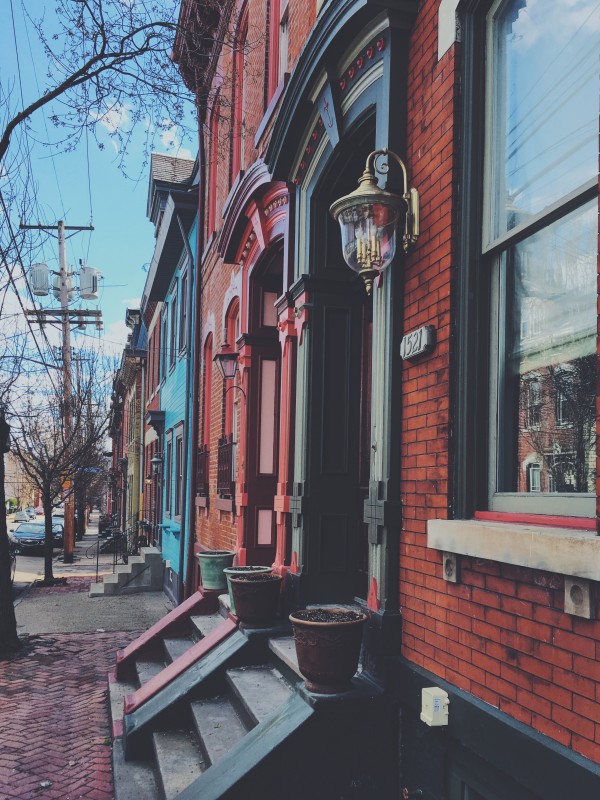
Know Your Camera
The iPhone’s lens is roughly 28mm which is fairly wide. In fact, verse yourself on how to shoot with wide-angle lenses… Apply those same techniques to shooting with an iPhone to avoid images with no discernible subject. Check out my article on the Nikon 16-35mm f/4 lens for examples of wide-angle photography.
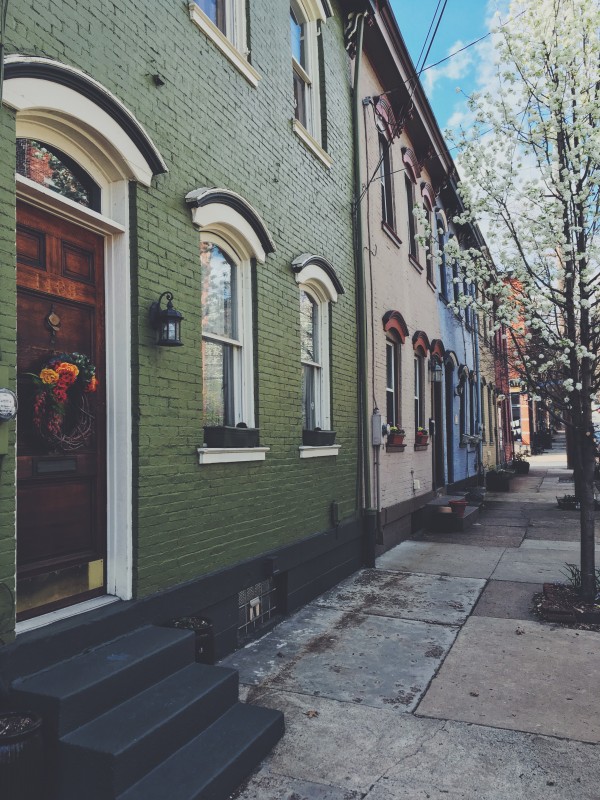
The iPhone camera is great in good light but once the light gets low you’ll likely get lots of noise and softer looking images because of a slower shutter speed. The dynamic range is fairly limited so if you are used to over or underexposing with your DSLR and then adjusting in post processing you’ll have to shake that habit real quick or you’ll end up with a bunch of over or underexposed images. Choose to expose for the highlights or the shadows or someplace in between, you can’t have both.
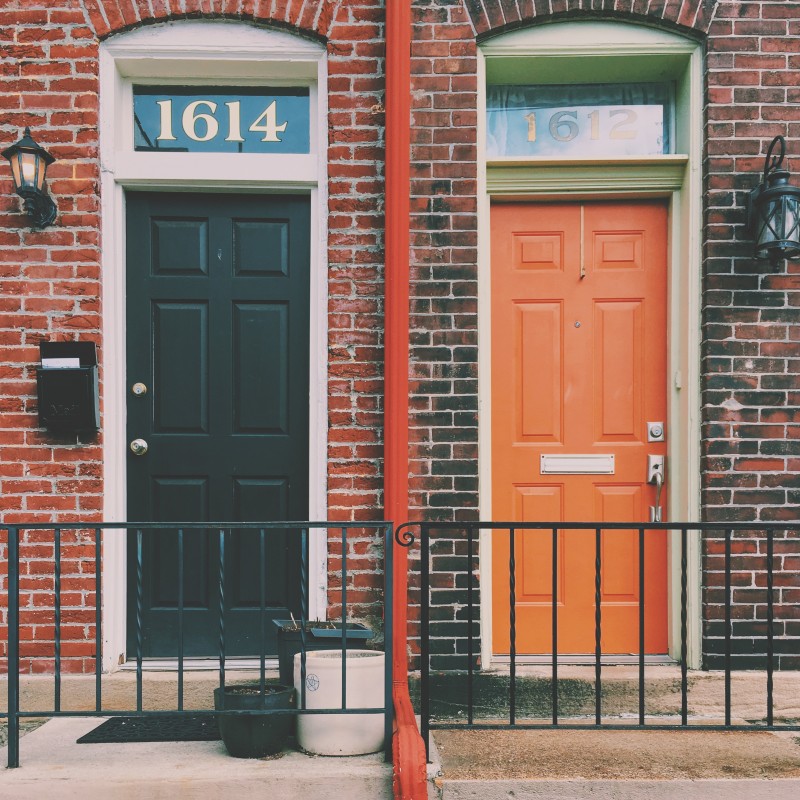
There you have it, composition is everything. The iPhone lens is a wide-angle lens and knowing that will help you take advantage of the idiosyncrasies of such lenses. Get close to your subject to avoid boring images. If you haven’t spent much time taking photographs with your iPhone I would challenge you to leave your DSLR at home and give it a try. Because of the emphasis on quality composition I guarantee it will help you improve in other aspects of your photography.
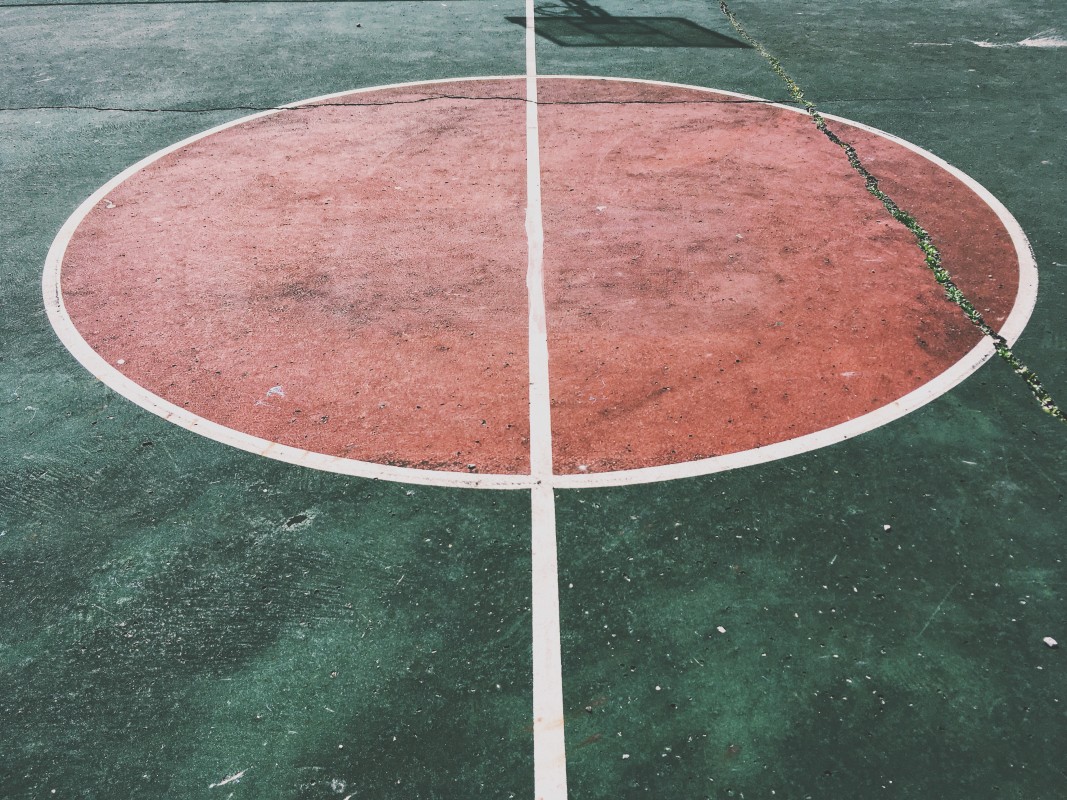
As of writing this article, there are no iPhone applications that enable you to shoot RAW or DNG… If and when this becomes available I would strongly recommend using them for the increased data and latitude when it comes to editing your images.
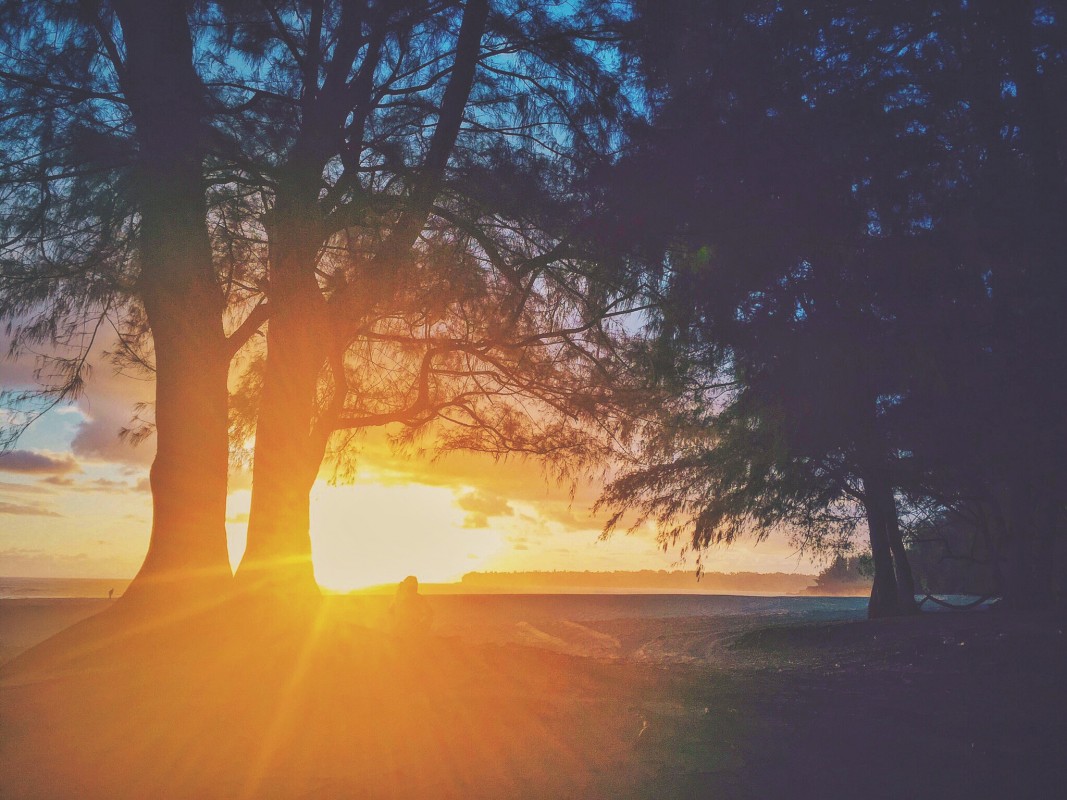
What’s the best iPhone advice you’ve gotten or can give? Share your thoughts in the comments section below.

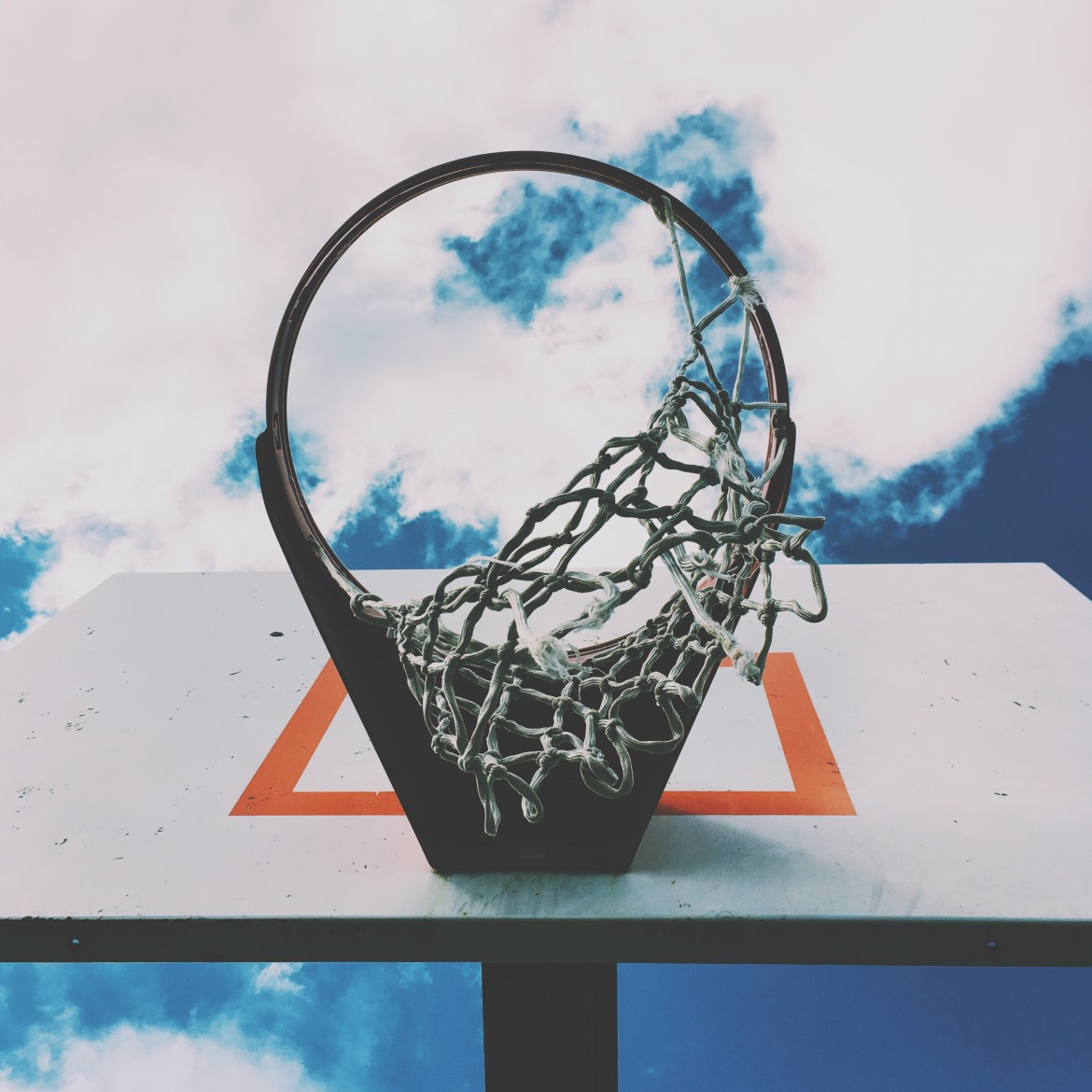
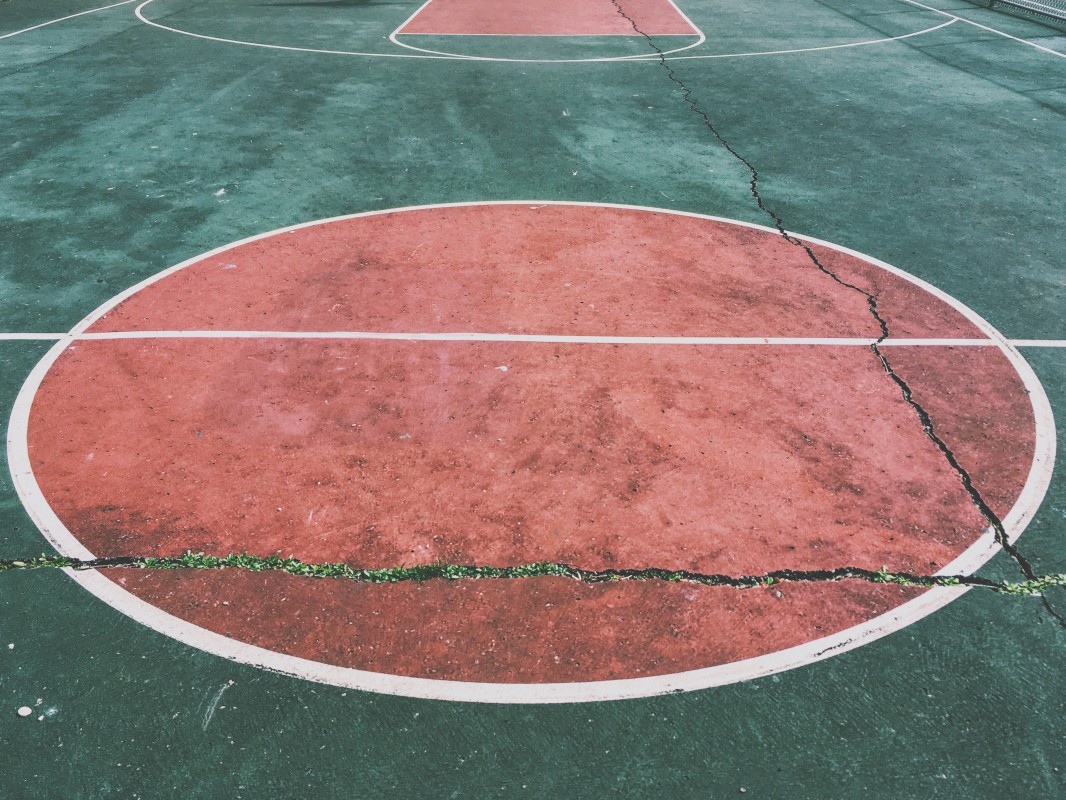

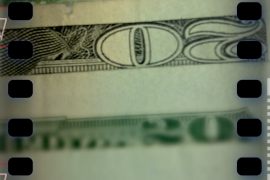
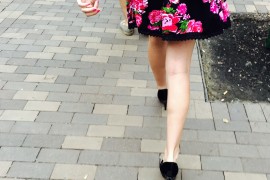
In its so tempting to leave the “proper” cameras at home and play around with the iPhone. It’s fun to use. The Snapseed app is good too.
I agree! I can never leave my dslr but I was using the iPhone along side it while snapping these shots. I think in the near future the iPhone (as well as other smart phones) will have dslr quality cameras… Until then, they are great for 80 – 90% of folks out there as an everyday shooter. I have not tried the Snapseed app, is it much different from the native app? I’ve tried a few apps that allow you more control but always end up back to the native one.
You missed a reference to the all-important post production possibilities. So many options/mobile apps to choose from etc.
Another article for another time I suppose. Thanks for the heads up!
Hi John, the Snapseed app is a superb app, which I use in all my post processing, including images shot on my FF and m43 cameras. I can pull out all sorts of things from my jpegs to the extent that I don’t bother to shoot in raw. Used alongside Photoshop Express you can achieve some amazing creative possibilities. Give it a try, I guarantee you won’t be disappointed.
Another useful app for iPhone photography is Cortex Cam which merges many images together to boost the iPhone megapixel count and reduce noise in golden hour shots or low light.
Your experiences should you go ahead will make interesting reading.
Ben Casper
Awesome, thanks for the info. I just downloaded both of those and will give them a shot (pun intended). Take care!
Nokia1020 shoots ‘raw’ 110mb file.
I’m still following this post. Going to try Cortex Cam.
My iPhone is my second camera. It’s along on every photo shoot. I take images with both my iPhone and Nikon. Sometimes the iPhone images are better.
It’s like they say, sometimes it’s the camera you have with you that takes the best photograph!
I find my mobile phone is great for street photography – with nearly everyone walking around looking at their phone screens you do not attract any attention doing the same thing. You can gaze at the screen for as long as it takes to get the pic you want, while holding a camera up to your eye for the same amount of time gets you a lot of curious looks.